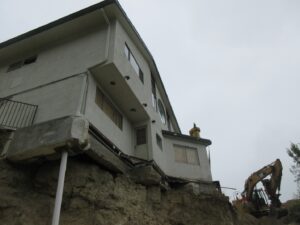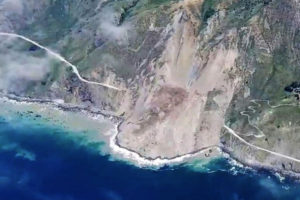
Red Tag Alert: View for Days Comes With a Price
[caption id="attachment_1133" align="alignleft" width="150"] The ocean and canyon view[/caption] We were asked several years ago…

[caption id="attachment_1133" align="alignleft" width="150"] The ocean and canyon view[/caption] We were asked several years ago…
[caption id="attachment_1032" align="alignleft" width="225"] Existing Narrow Driveway and Wall[/caption] What do you do when the…
[caption id="attachment_992" align="alignleft" width="469"] Photo Source: Randy Jibson, USGS[/caption] What do you do when you…

Wondering what caused the Big Sur landslide of 2017? Landslides can be one of nature’s…
[caption id="attachment_739" align="alignleft" width="300"] (Courtesy of the California Department of Water Resources).[/caption] Last week California’s…

Protecting properties on coastal parcels is critical, especially as we start to see much of…

Living near the ocean is a dream for many, but the reality can be anything…